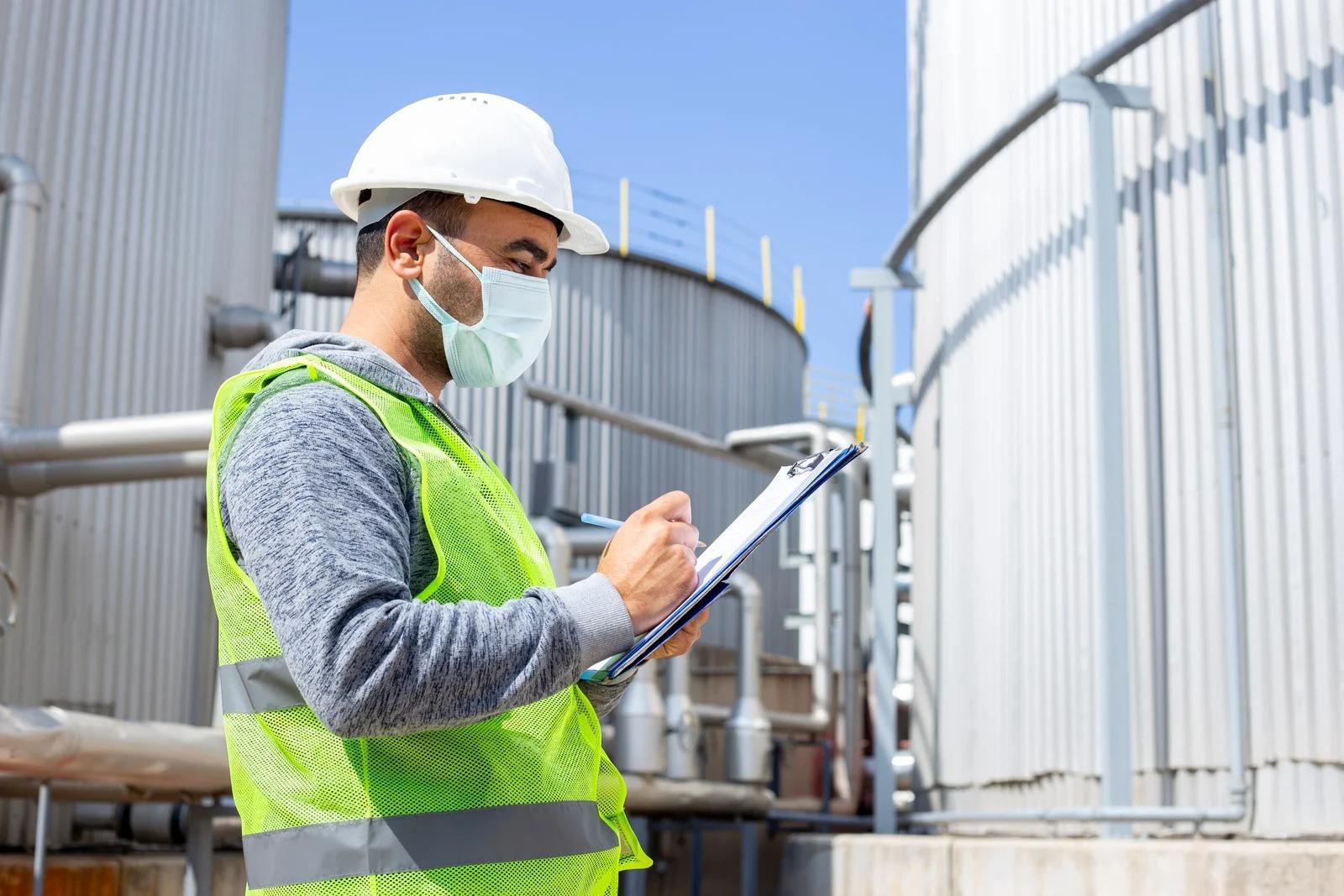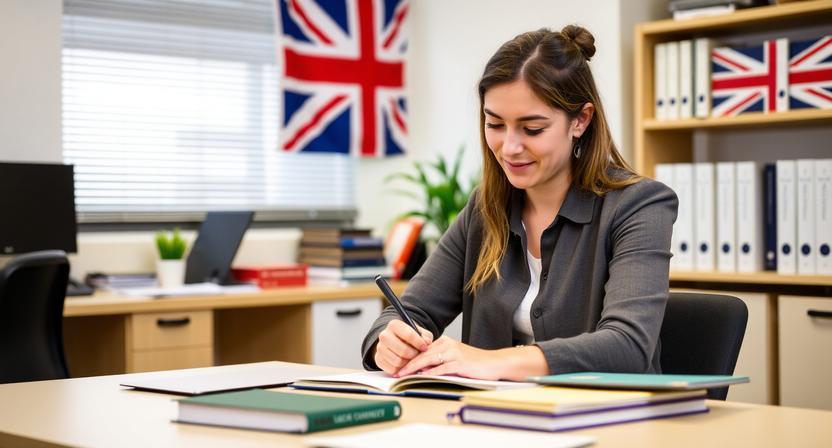What Inspectors Look for During a Construction Safety Audit

Construction safety is critical to ensuring the well-being of workers and maintaining a successful project. With a wide range of risks—such as falls, electrical hazards, and machinery accidents—construction sites require strict safety protocols to protect workers and prevent accidents. Adhering to OSHA regulations, using PPE (personal protective equipment), and conducting regular safety audits are key components in maintaining a safe working environment.
Proper safety measures not only prevent injuries but also enhance productivity by reducing downtime caused by accidents. Prioritizing construction safety fosters a culture of responsibility and care, ultimately leading to safer, more efficient construction sites.
What is a Construction Safety Audit?
A construction safety audit is a detailed evaluation of a construction site to identify safety risks, verify compliance with regulations, and assess the effectiveness of existing safety practices. Inspectors examine every aspect of the site, from the use of PPE (personal protective equipment) to how machinery is handled. The goal is not only to identify hazards but also to provide actionable recommendations for improving safety. Regular audits are a vital part of a construction company’s safety program and can help prevent accidents, avoid costly fines, and ensure worker well-being.
Construction safety audits differ from routine inspections in their scope and purpose. While inspections often focus on specific tasks or tools, audits take a broader look at the entire safety management system. This includes reviewing safety procedures, employee training, equipment maintenance, and even emergency response planning. Without regular audits, construction sites may overlook potential risks, leading to accidents that could have been prevented.
Types of Construction Safety Audits
There are several types of construction safety audits, each with its own focus. Compliance audits are perhaps the most common. These audits focus on ensuring that the construction site complies with all relevant safety regulations, including those set by OSHA. Inspectors look for adherence to safety standards regarding PPE, equipment, and fire safety. Compliance audits are usually required by law and are often scheduled at regular intervals.
Operational audits focus more on the day-to-day safety practices and how workers implement safety procedures. These audits assess whether workers follow established protocols and whether those protocols are effective in preventing accidents. Inspectors may look at safety signage, hazard communication, and safety equipment usage during operational audits.
Lastly, management system audits assess the overall structure of the company’s safety program. These audits evaluate the effectiveness of safety management systems, including safety policies, employee training programs, and incident reporting systems. Properly implemented safety management systems ensure that safety measures are ingrained in the company culture.
Key Components of a Construction Safety Audit
When an inspector performs a construction safety audit, several key components are examined. One of the primary areas is PPE compliance. Inspectors check if workers are using the proper protective gear, such as helmets, gloves, and eye protection. Ensuring that the right PPE is used for each task is critical to minimizing injuries and accidents.
Inspectors also focus on the risk assessment for construction sites. They examine whether the site has a proper hazard identification process and if potential risks, such as fire hazards or electrical hazards, are addressed. A thorough construction hazard identification helps prevent accidents before they occur. Inspectors will review safety inspection reports, past incident reports, and any corrective actions taken to ensure that safety protocols are effectively implemented.
Common Safety Risks Inspectors Look for on Construction Sites
Inspectors are trained to identify common construction site safety practices that may not always be followed. One of the most significant risks is fire hazards on construction sites, especially in areas where welding, cutting, or hot work is being done. Inspectors will check if proper fire extinguishers are available, and if fire safety regulations in construction are followed. They’ll also ensure that there are designated areas for storing flammable materials.
Electrical hazards are another major concern. Inspectors will evaluate the condition of electrical installations and machinery to ensure that they are safe and compliant with safety standards. A major part of an audit is also ensuring that construction site emergency exits are clearly marked and accessible. If emergency exits are blocked or not properly maintained, the risks in an emergency situation are much higher.
Construction Site Safety Practices Inspected During an Audit
A crucial aspect of any safety audit is reviewing construction site safety practices. Inspectors look for adherence to safe work practices, which may include proper OSHA 30 training, following safety protocols, and the use of safety tools and equipment. PPE inspection during safety audits is also a significant part of this, as it ensures that workers are adequately protected.
Another practice that auditors check is site housekeeping and safety. A cluttered site is a dangerous site, and inspectors will look for proper organization. Tools should be put away safely, and walkways should be free from obstruction to prevent trips, falls, and other accidents. Proper housekeeping also reduces the risk of fires and ensures that emergency exits remain accessible.
How Often Should Construction Safety Audits Be Conducted?
The frequency of construction safety audits depends on the size and complexity of the project. However, it is recommended that safety audits be conducted regularly, typically once every few months. For larger or higher-risk construction sites, audits may need to be more frequent. After a major incident or a near miss, it’s important to conduct an immediate audit to identify what went wrong and to prevent future incidents.
For ongoing projects, construction sites should conduct regular safety audits as part of their overall safety program. This could mean a more in-depth audit every six months or a simpler check-up every month, depending on the project's needs. Frequent audits help ensure that safety measures are being followed consistently and that the site is always in compliance with safety regulations.
How to Conduct a Construction Safety Audit
Conducting a construction safety audit involves several steps, starting with planning. The first step is to define the scope of the audit, including which aspects of the construction site will be reviewed. Auditors need to prepare a safety audit checklist that covers all areas of concern, such as equipment safety, PPE compliance, and construction fire safety.
Once the audit plan is in place, the next step is to conduct the on-site inspection. Inspectors will walk the site, observing conditions, talking to workers, and ensuring that all safety protocols are being followed. This process often includes taking notes, photos, and reviewing safety documentation. After the inspection, the auditor compiles a construction site safety audit report, detailing findings and offering corrective actions.
Why Does Your Company Need a Construction Safety Audit?
Regular construction safety audits are essential for maintaining a safe work environment and meeting regulatory requirements. Without audits, your company risks overlooking safety violations that could lead to accidents, injuries, or legal issues. Safety audits help ensure that your company remains in compliance with OSHA regulations and can also reduce insurance premiums by minimizing risk.
Conducting audits also helps identify areas for improvement, enabling your company to enhance its safety management systems and create a more robust safety culture. The benefits extend beyond legal compliance — they also improve worker morale and productivity, ensuring that the site is both safe and efficient.
Conclusion: Ensuring Compliance and Safety Through Regular Safety Audits
In conclusion, conducting regular construction safety audits is critical for maintaining a safe working environment. By ensuring that proper safety protocols are in place and workers are following them, audits help prevent accidents and keep the project on track. OSHA compliance is achieved not only by following regulations but also by cultivating a culture of safety that prioritizes the well-being of everyone on site.
Construction audits should be seen as a key part of a company’s safety strategy, ensuring that all practices align with industry standards. From PPE compliance to risk assessment, regular audits allow companies to identify risks, make necessary improvements, and protect workers, leading to safer and more productive construction sites.
FAQ
-
What is construction safety?
Construction safety involves protecting workers from accidents and hazards by following safety protocols, using proper PPE, and complying with regulations like OSHA. -
Why is construction safety important?
It prevents accidents, reduces injuries, ensures legal compliance, and maintains productivity by creating a safe working environment for all workers. -
What are the main risks on construction sites?
Common risks include falls, electrical hazards, machinery accidents, toxic substances, and inadequate use of protective equipment. -
How often should safety audits be conducted on construction sites?
Safety audits should be conducted regularly, typically every few months, or after any significant incidents or changes to the project. -
What is OSHA certification for construction workers?
OSHA 30 certification ensures workers understand safety regulations and practices, helping them comply with safety standards on construction sites.





